A new study has revealed that after a SpaceX rocket exploded at high altitude last year, it temporarily tore a hole in the Earth’s upper atmosphere.
According to researchers, this is the first time a hole in the atmosphere has formed because of a human-caused explosion.
The Starship Rocket
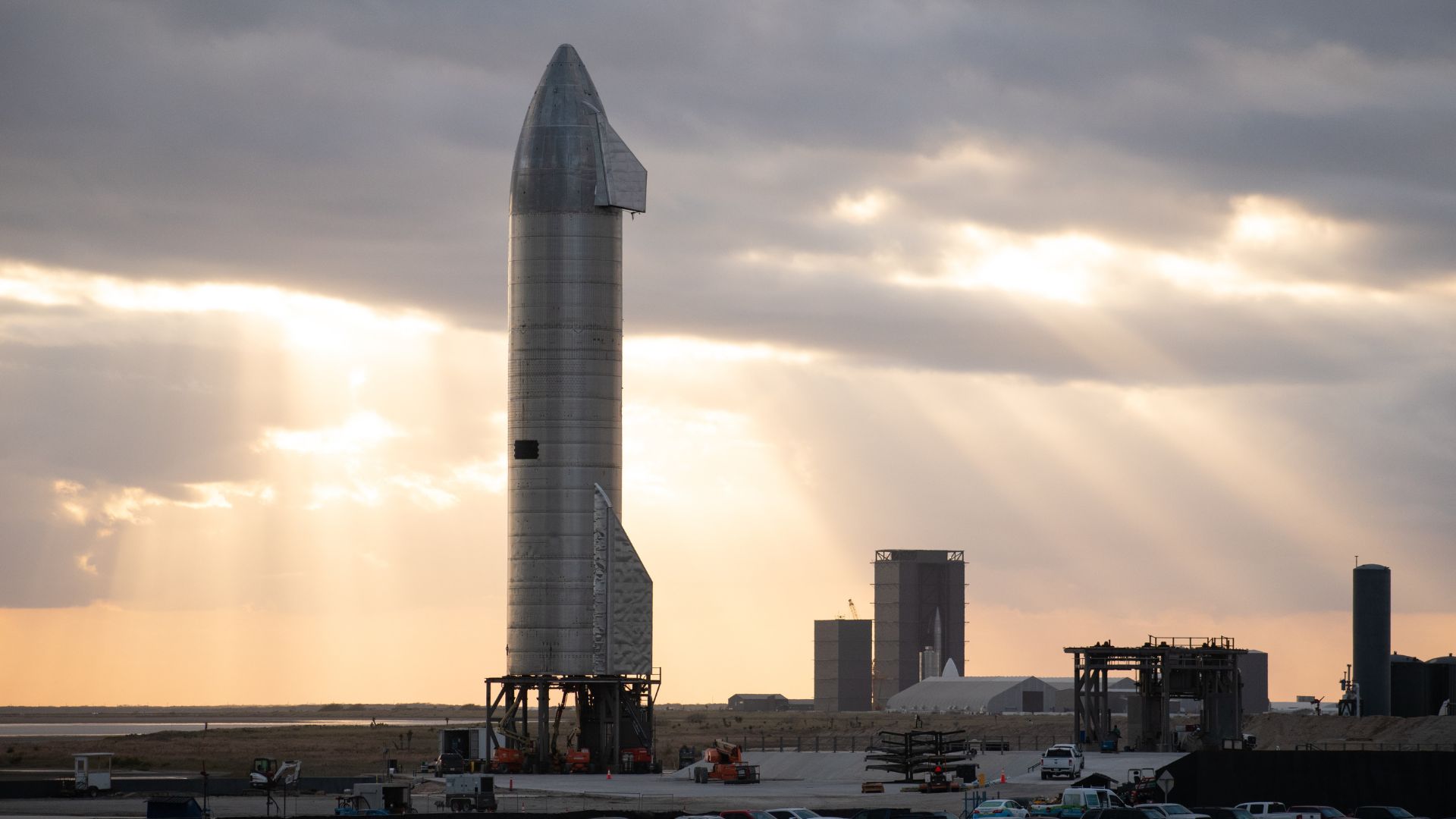
In November of 2023, Elon Musk’s SpaceX officially launched its Starship rocket — the largest rocket ever built.
This incredibly powerful rocket took off for the second time in history from Boca Chica, Texas. However, around 4 minutes after launch, the rocket’s first stage detached from the rocket, which was planned. What happened next wasn’t.
An Unexpected Explosion
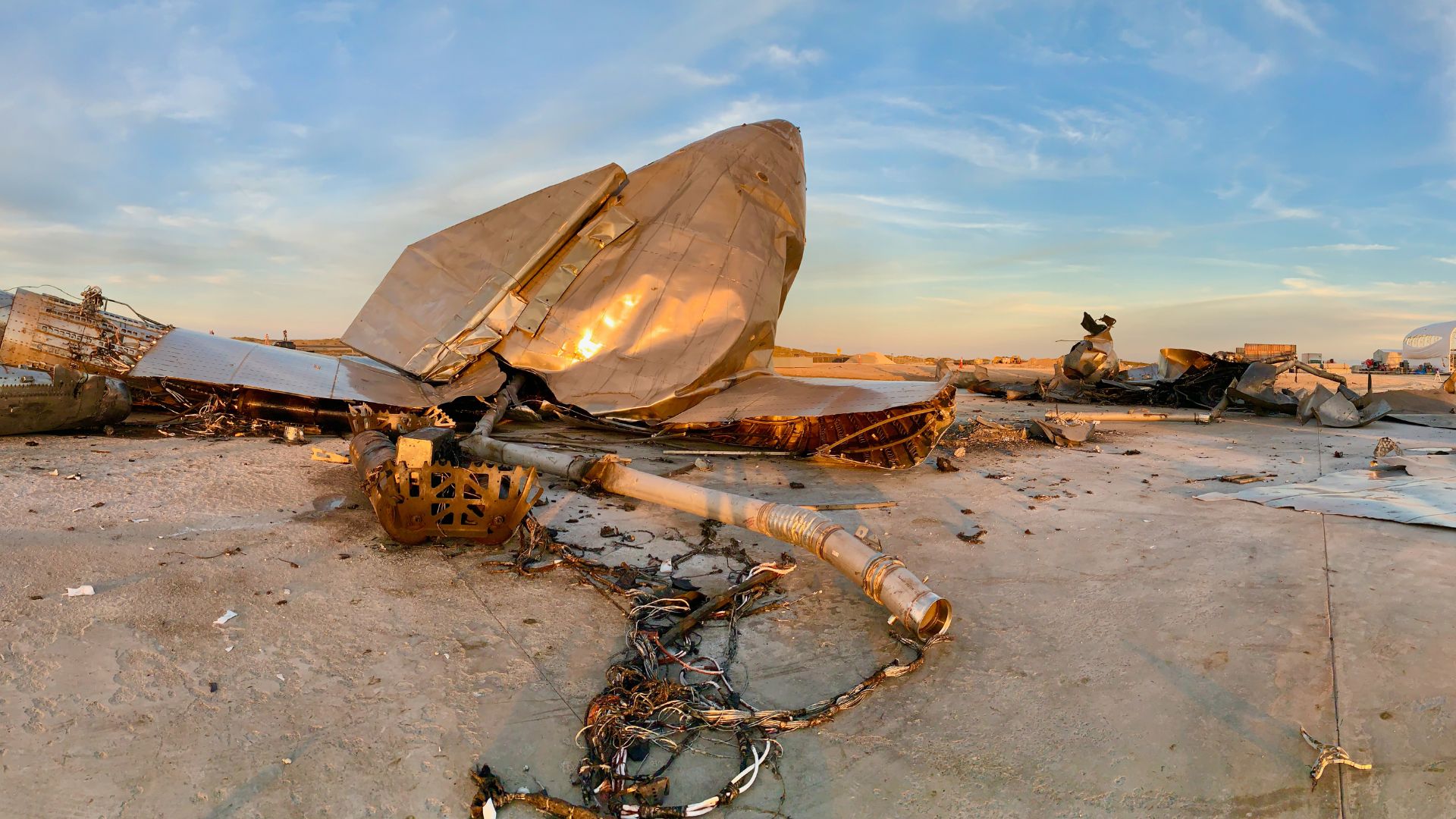
This first stage of the rocket, which encompassed a large part that contained one of the main engines, ended up suddenly exploding shortly after detaching from the upper part.
This first stage was supposed to land back on Earth. This didn’t end up happening at all.
Yet Another Explosion
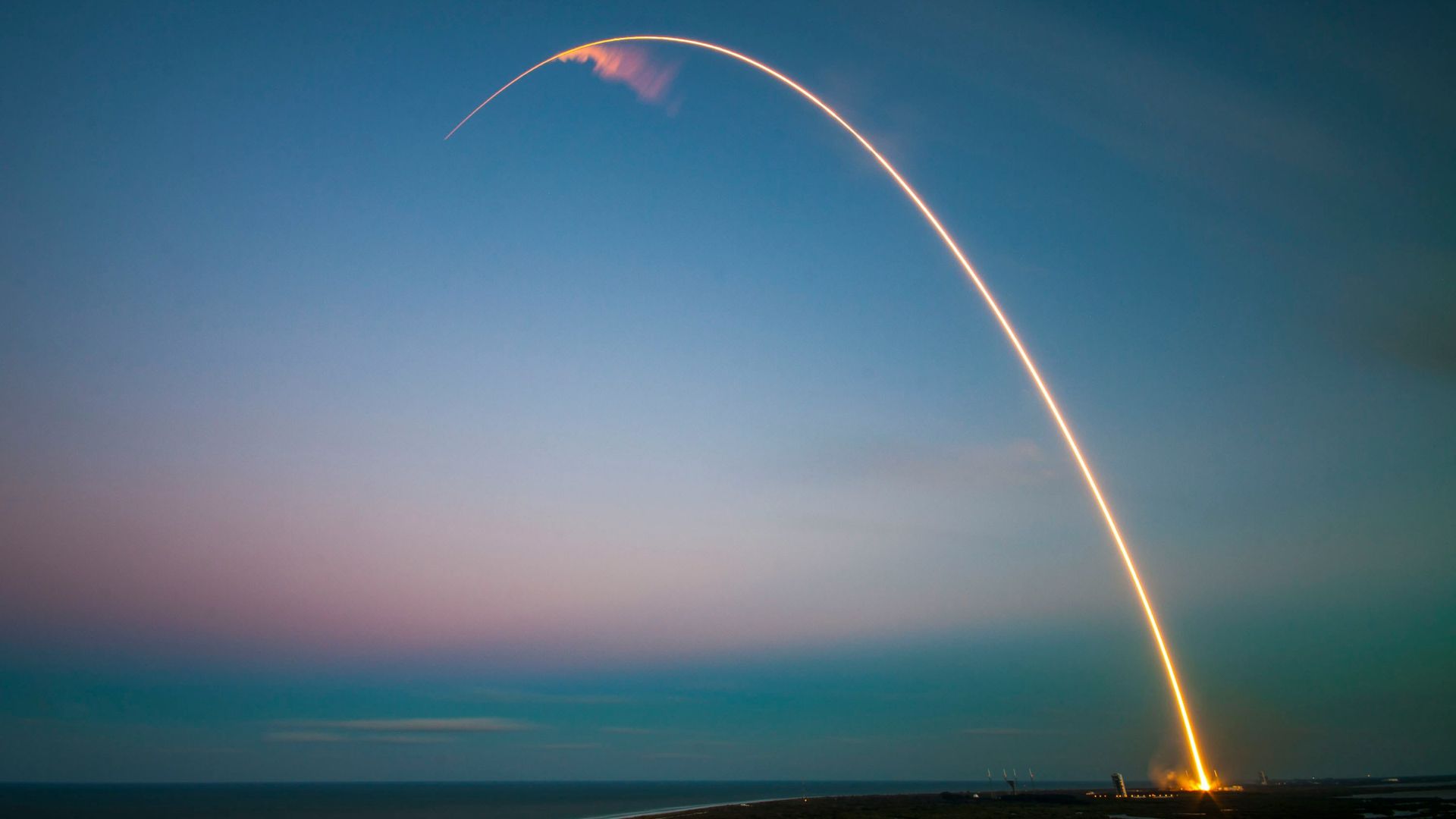
Then, after another 4 minutes, the rest of the Starship rocket ended up exploding when it was about 93 miles above the Earth’s ground.
This explosion was a large “rapid unscheduled disassembly” that occurred after a fire started on the rocket because of vented liquid oxygen.
The Impact of This Unexpected Explosion
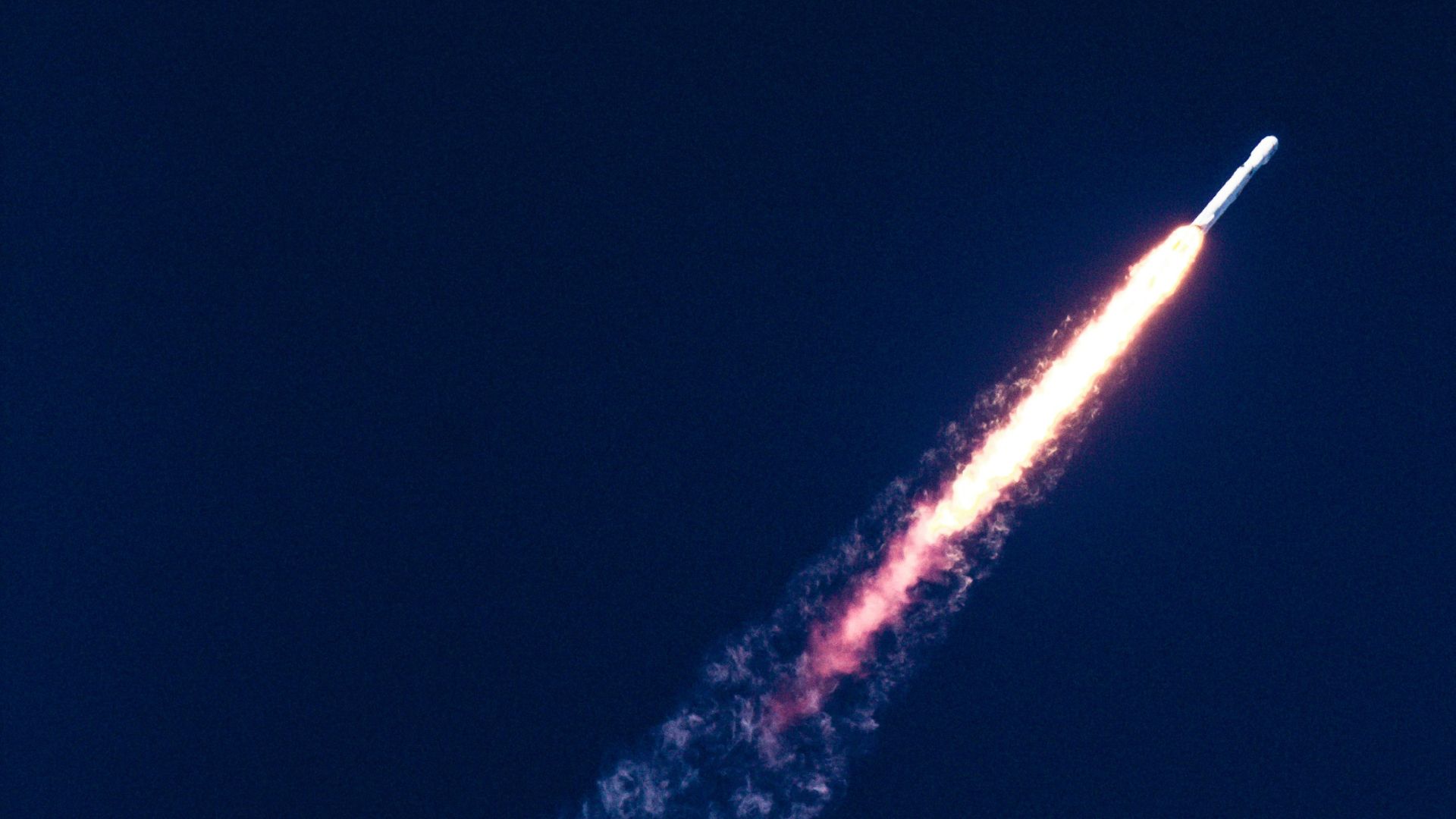
Now, a new study published in the journal Geophysical Research Letters by Russian scientists has shed light on how these rocket explosions have impacted the Earth.
According to this study, the second explosion seen in November of last year temporarily created a large hole in the ionosphere, the Earth’s upper atmosphere that is about 50 to 400 miles above the surface.
About the Ionosphere
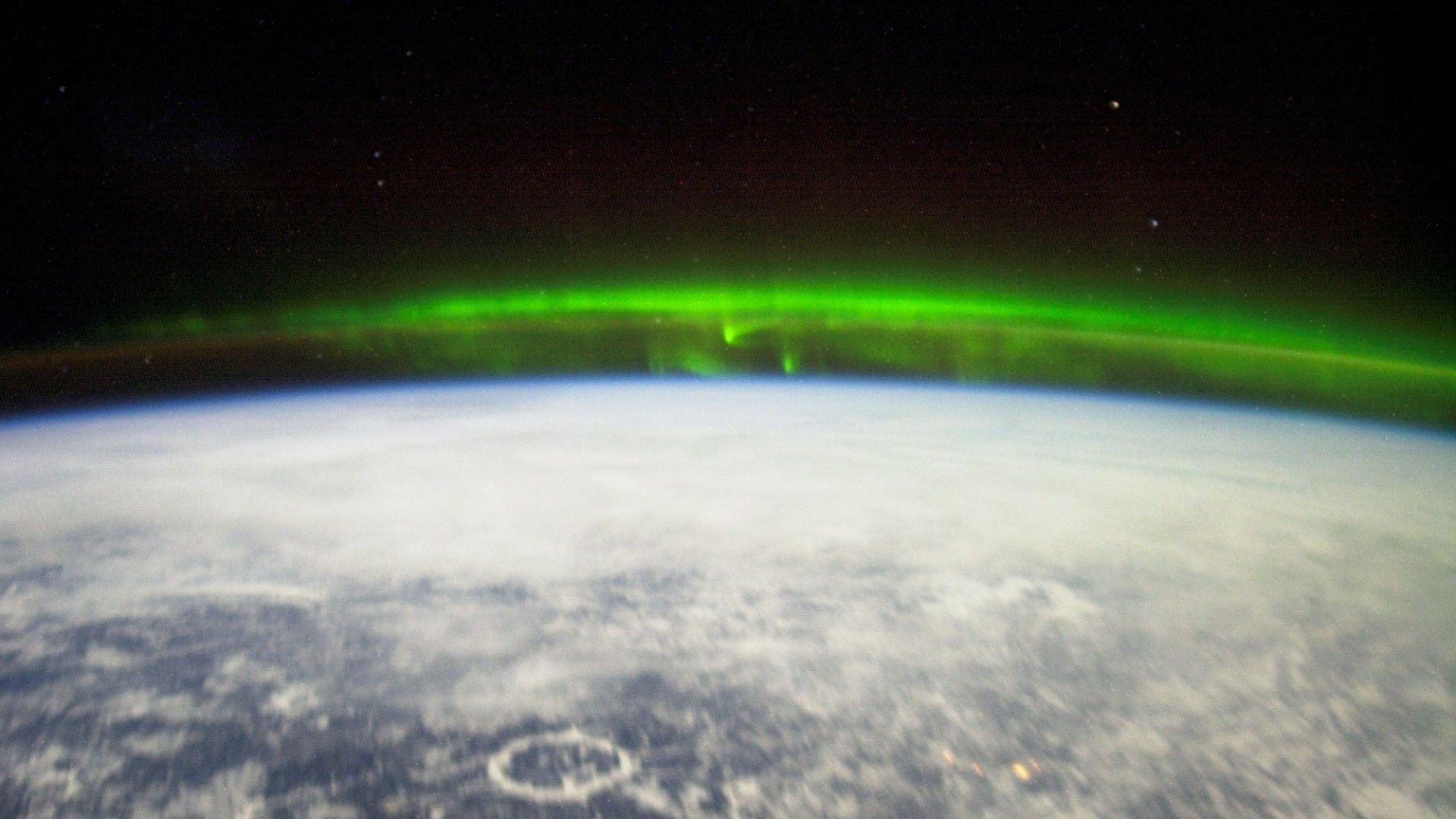
The Earth’s ionosphere is an important part of the planet.
In this part of the atmosphere, gases are ionized — resulting in them being stripped of electrons — and then turned into plasma.
Holes in the Ionosphere Can Happen
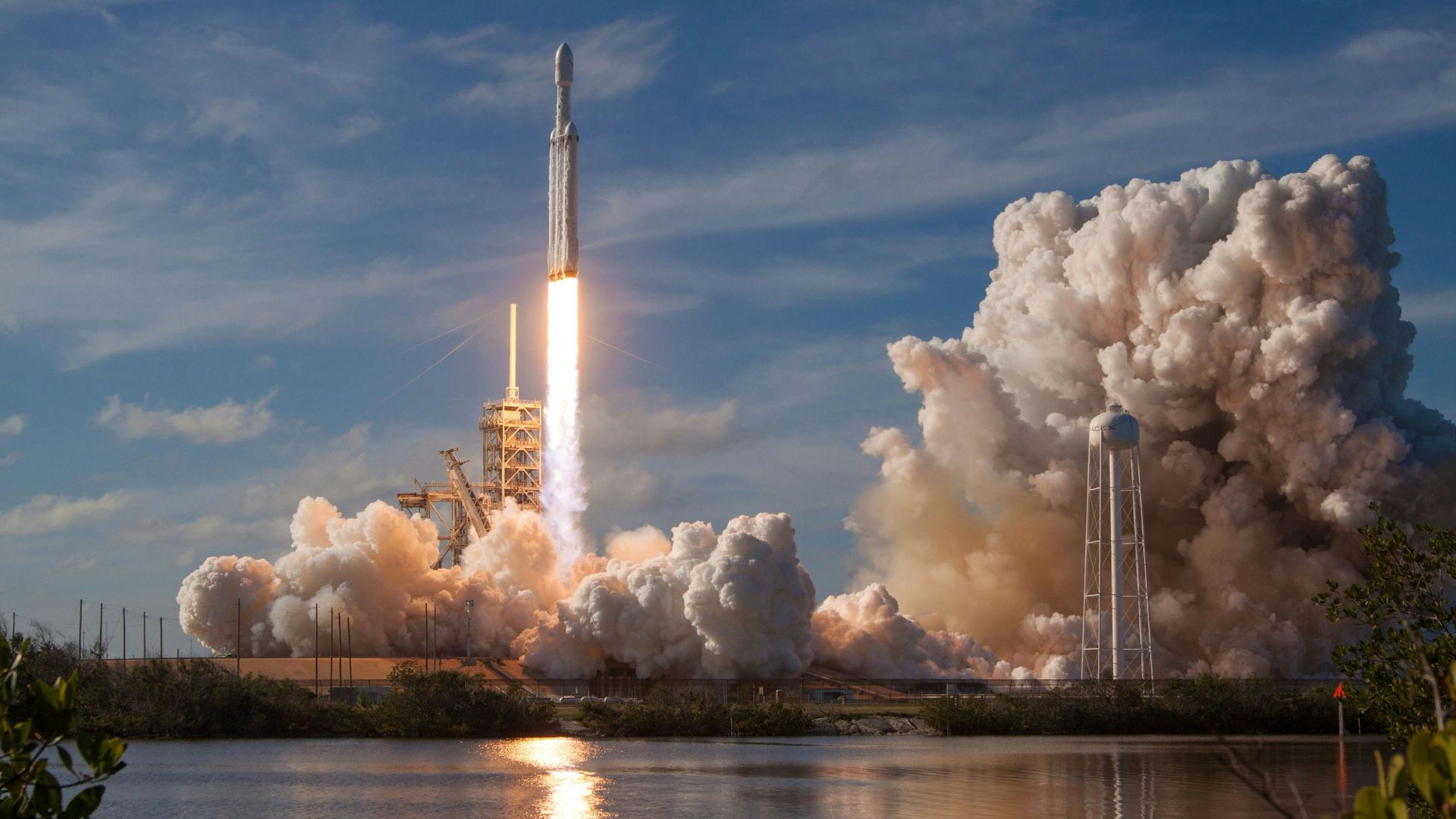
Yury Yasyukevich, the study’s lead author and an ionosphere physicist, explained that holes in the ionosphere can happen. However, this is the first known time that a hole has occurred because of “catastrophic phenomena”, such as a human-made explosion.
“Usually, such holes are formed as a result of chemical processes in the ionosphere due to interaction with engine fuel,” Yasyukevich explained.
How Long Did This Hole Last?
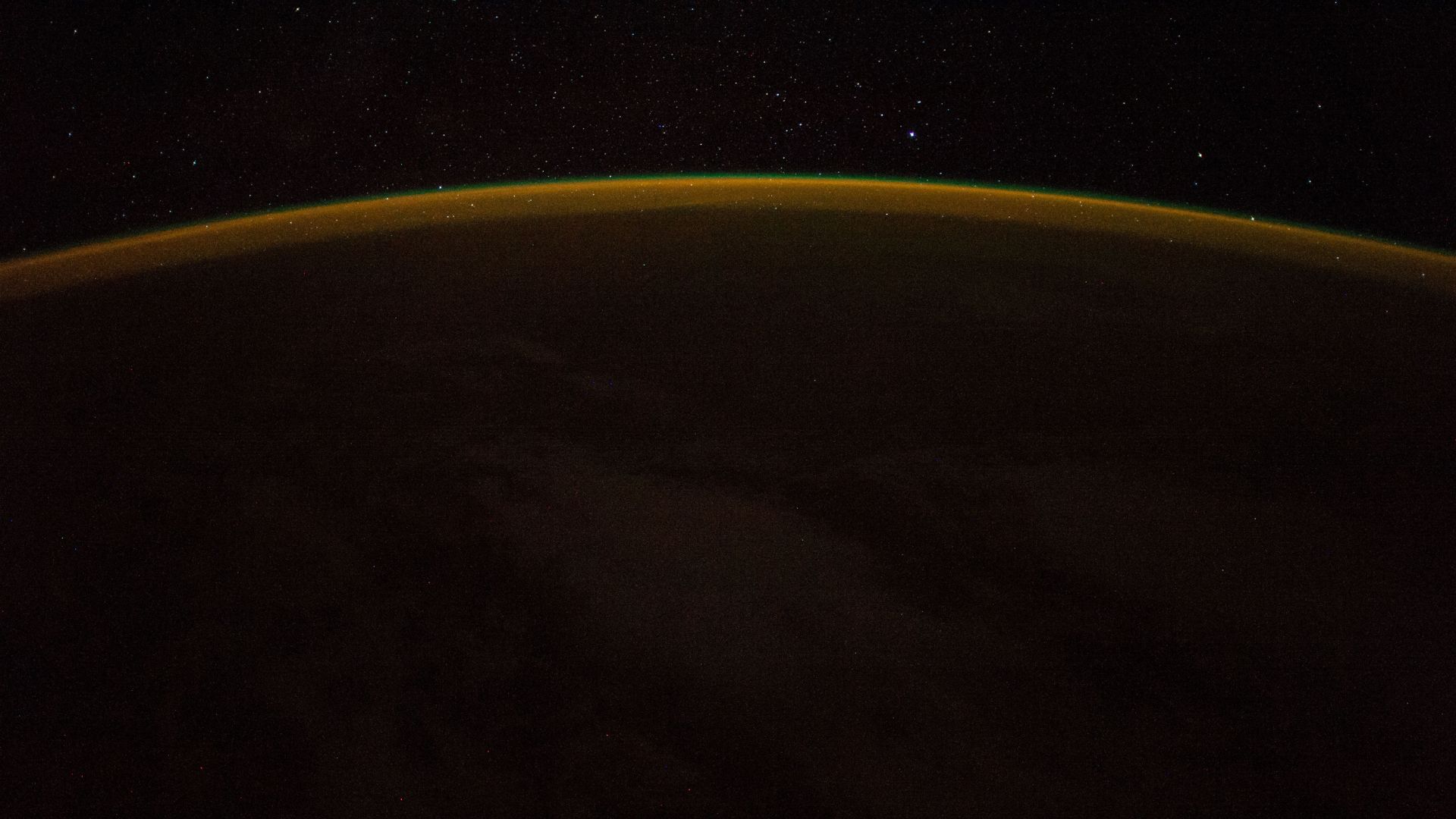
The study explained that many satellites and stations on Earth observed this disturbance in the ionosphere.
After the Starship explosion, which tore the hole in the atmosphere, the hole was affected for about 30 to 40 minutes before it eventually recovered itself.
Creating Ionospheric Holes
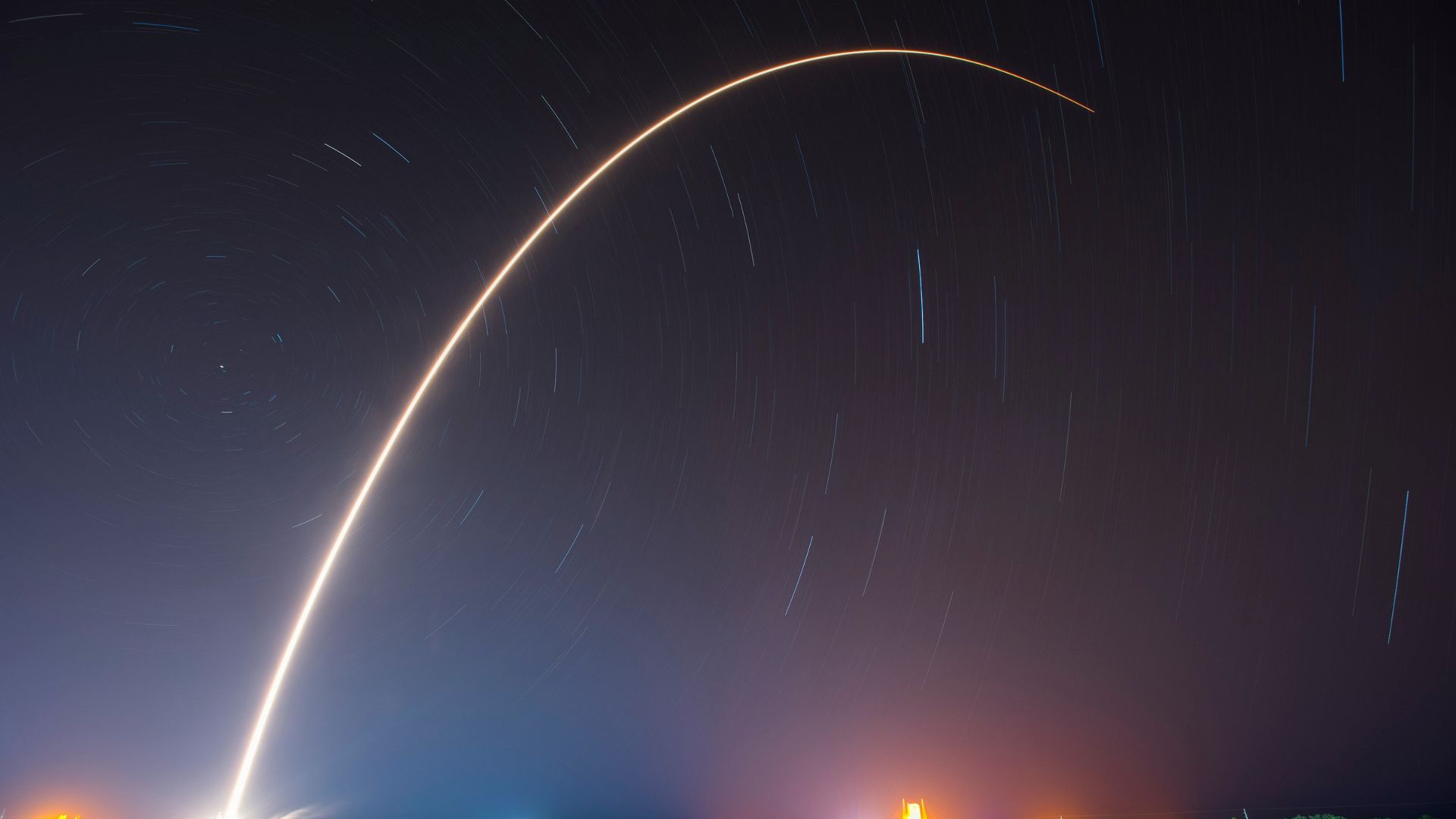
Scientists have long known that ionospheric holes can occur because of human causes. Often, chemicals in rocket fuel can react in this part of the atmosphere, thereby creating these holes.
These holes or gaps occur because the chemicals react with the ionized oxygen atoms, turning them back to regular oxygen atoms momentarily, and leaving behind a temporary hole.
SpaceX Causes Many Ionospheric Holes
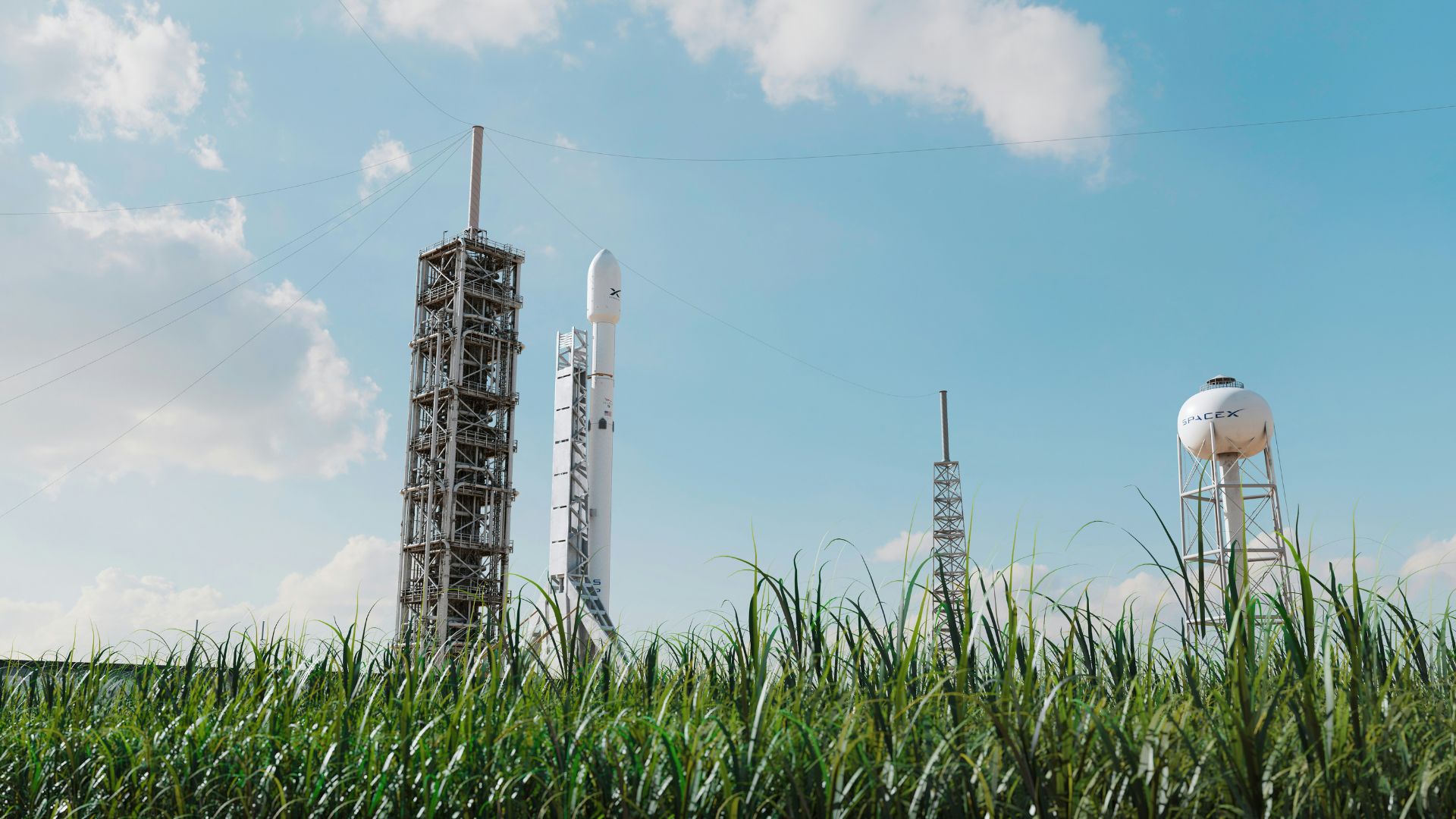
It appears that many studies have shown that SpaceX often causes these ionospheric holes, as its Falcon 9 rockets are prone to creating them.
These holes apparently occur during the separation of the first and second stages of the Falcon 9 rockets, or when the rockets dump their fuel into the atmosphere during reentry.
Why The Starship Explosion Was Different
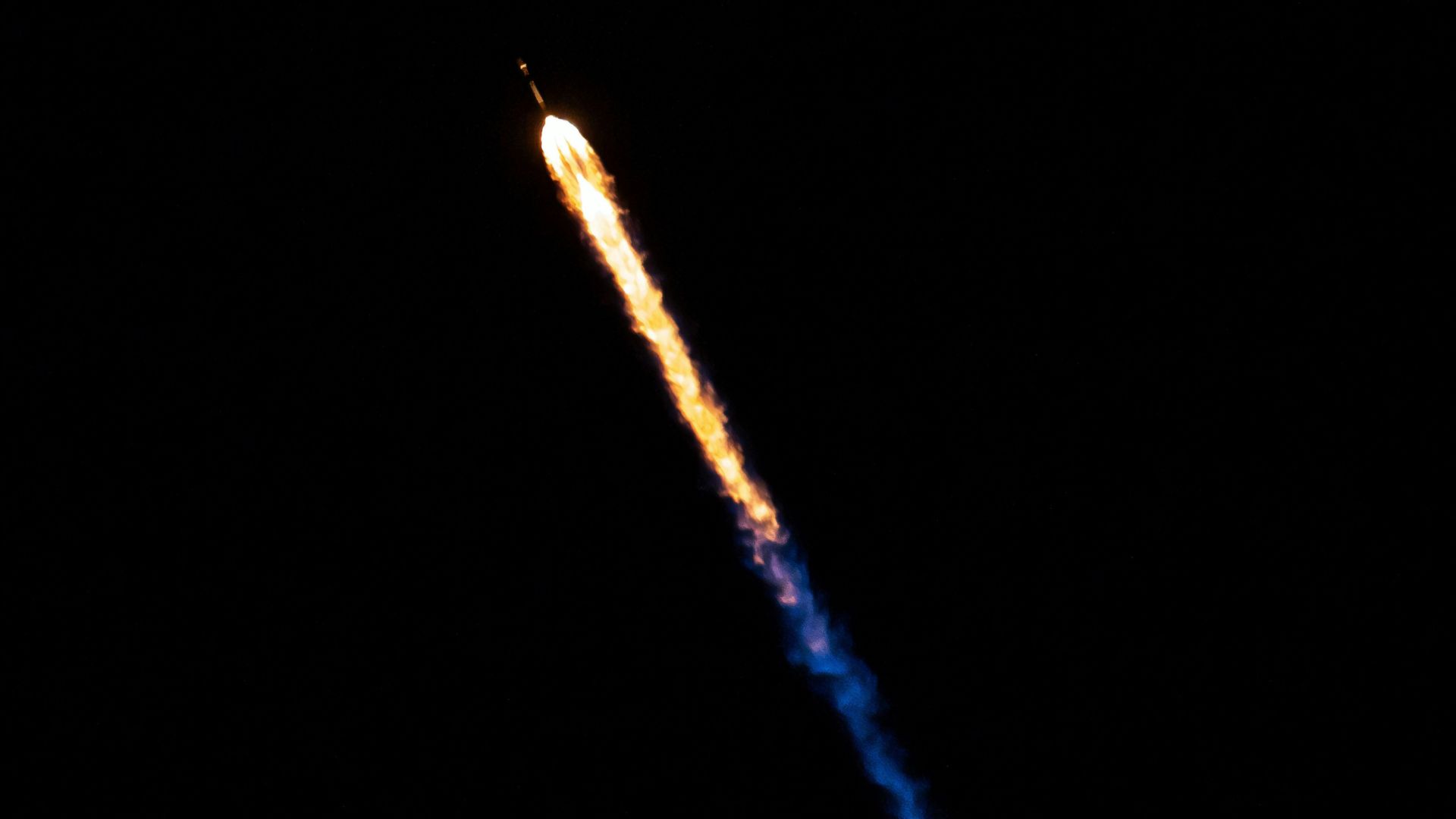
Though SpaceX has been known to create these holes, the authors of this new study explain that the Starship explosion’s hole was different from the rest.
This hole was created “due to the shock wave generated by the Starship explosion.”
What Are the Effects of These Holes in the Atmosphere
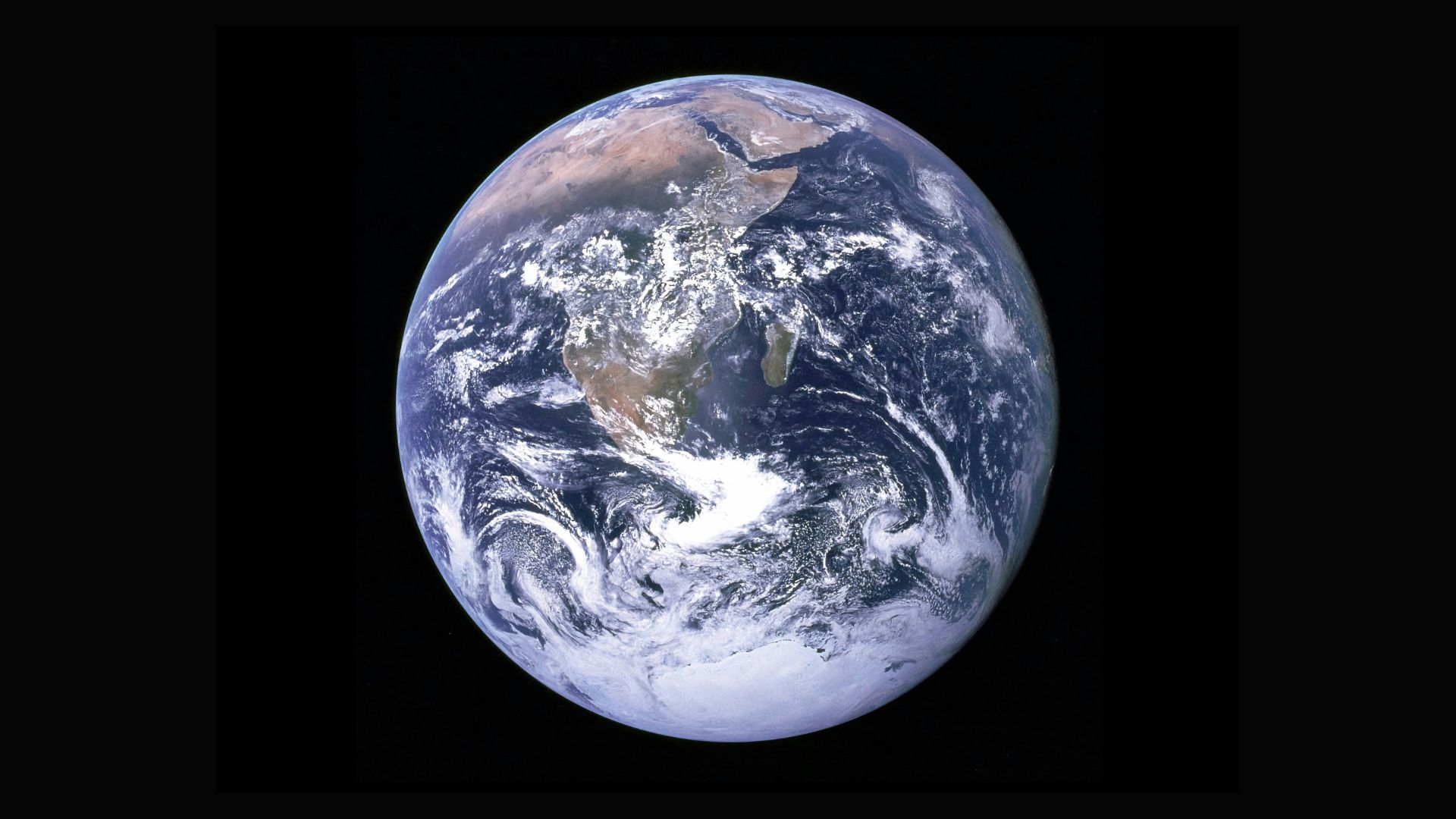
The scientists attached to this study have admitted that it’s not yet understood what the effects of these ionospheric holes are. More studies must be done. However, this SpaceX event could help them make progress in this research.
Yasyukevich said, “Analyzing the data and understanding their nature, we understand more deeply the structure of the ionosphere, [and] the nature of the phenomena that occur in it.”
